Introduction
When starting a new ecommerce business, it’s tough to know where you should start to sell your product.
There are countless stores available for the average business owner to start selling on.
Places like Etsy, eBay, Amazon, Craigslist, Shopify and more.
And the question quickly becomes:
Where do I start to sell? Do I run my own ecommerce store? Do I sell on third-party marketplaces?
Well, it’s no secret that third-party marketplaces are a great source of revenue and traffic.
Tons of businesses have thrived on it.
But how do you stand out when there are thousands of competitors?
It’s tough. It’s just like trying to rank for your target organic keywords.
It takes time and dedication.
But third-party marketplaces can have a massive impact on your business.
They allow you to capitalize on traffic that you otherwise wouldn’t have driven to your site.
For example, when someone searches for “tennis shoes” on Amazon, they might find your brand fast. But they may have never discovered you on Google.
And that’s exactly what zeroUV did.
They started selling on third-party markets and drove over $9 million in sales.
And thankfully, they’ve laid out a roadmap for future ecommerce businesses to capitalize on.
Here’s how zeroUV made $9 million in sales on third-party marketplaces and how you can do it too.
How zeroUV drove $9 million in sales on 3rd party sites
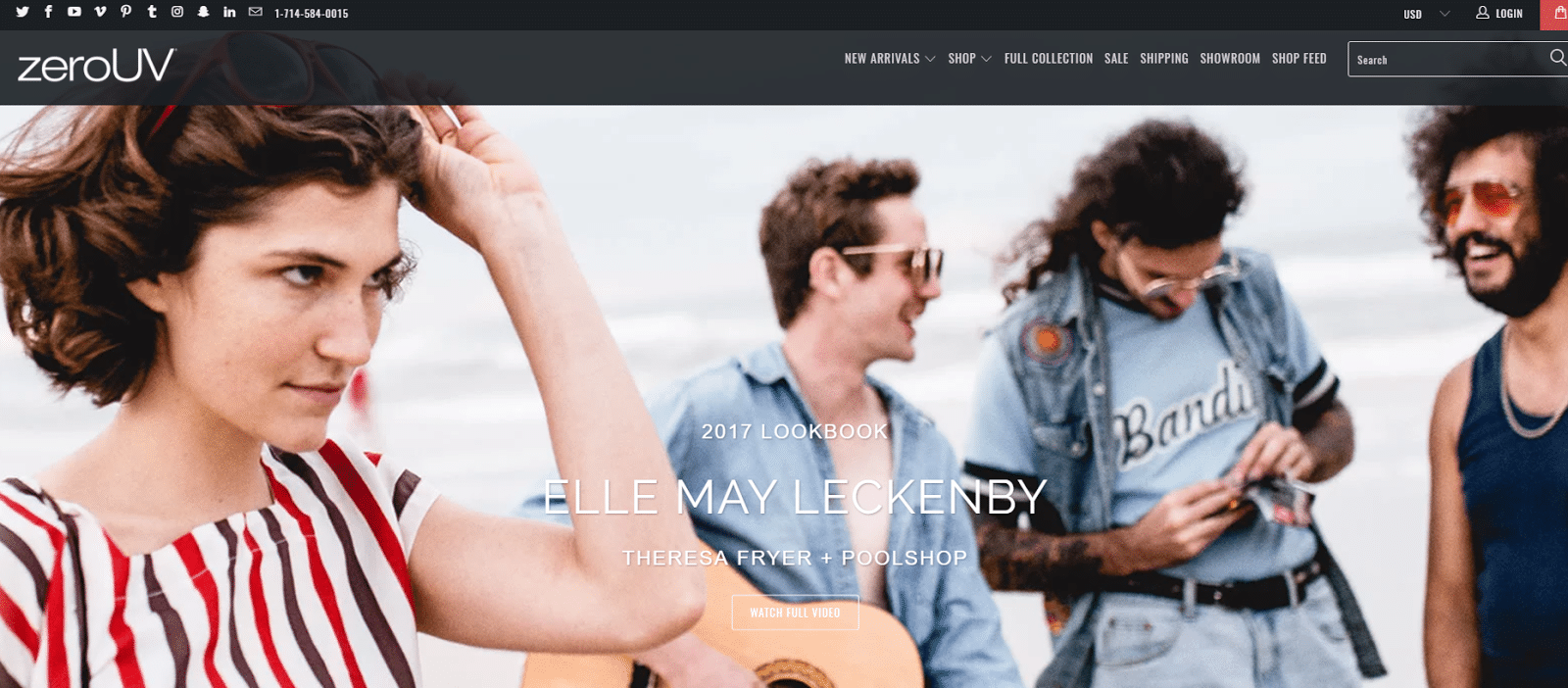
Brian Fujita founded zeroUV in 2001 in Huntington Beach, California with his co-founders Viet Tran and Sean Lyon.
They started as a cheaper variant to brands like RayBan and sought to undercut the market with cheaper (yet still high quality) eyewear.
zeroUV focuses on niche eyewear that caters towards fast fashion clients.
Most of their items are indie fashion based or retro when compared to most modern companies.



They sell tons of different products on their online store for several customer segments.
Ranging from men and women’s glasses to kids glasses and being able to sort by specific styles:



It’s common knowledge that their product isn’t anything shockingly special.
Meaning that there are tons of companies out there selling sunglasses.
So how did they drive $9 million in sales in such a saturated, competitive market?
They started to post their products on third-party sites like eBay.
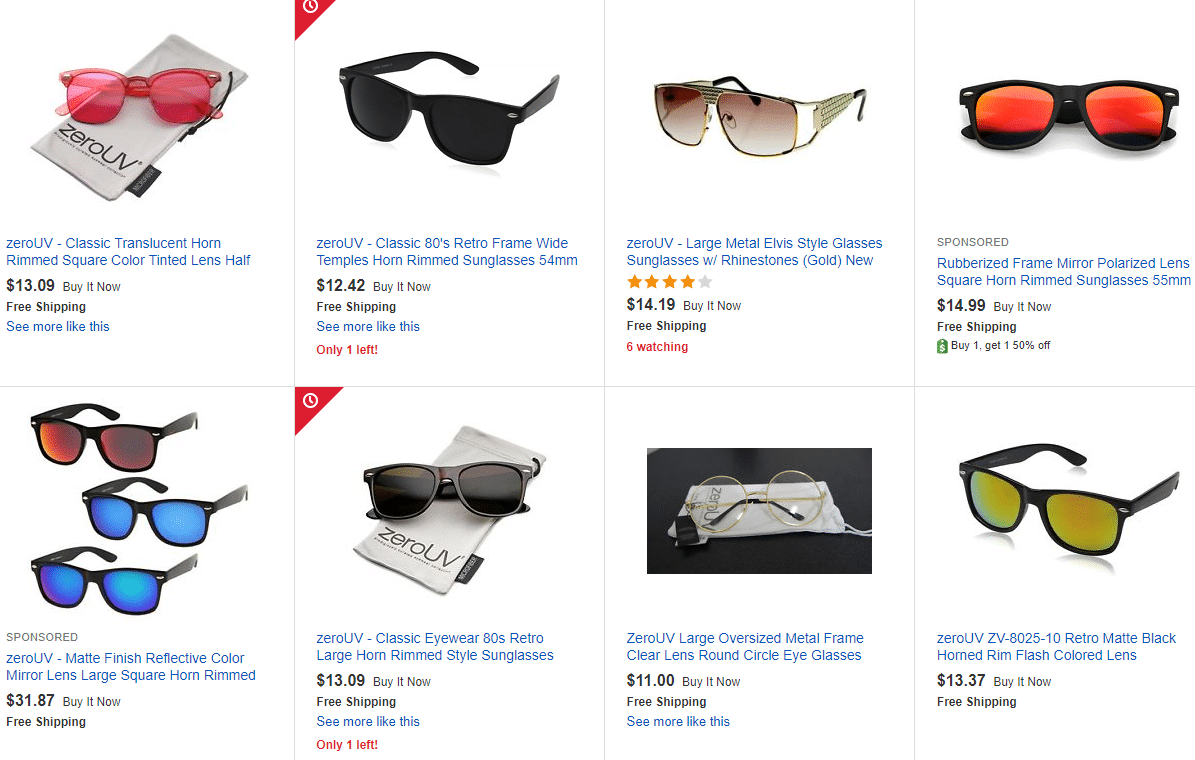


They did this because they noticed that their product was a perfect fit for the consumers on the platform.
The business needed traffic, but they weren’t able to drive enough sales on their own.
eBay was the perfect spark to their fire that got them countless sales.
But that wasn’t enough.
Next, they took their business to Amazon.
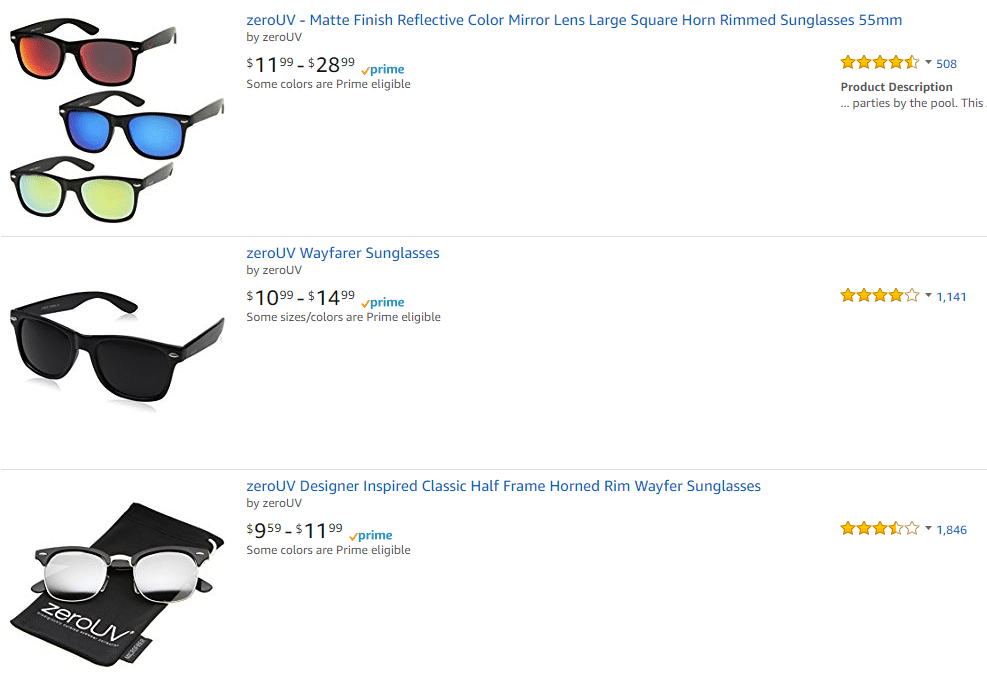


Amazon is one of the best places to sell products online.
Their buying power and user power is virtually unmatched.
There are over 80 million people in the US that are Amazon Prime members:
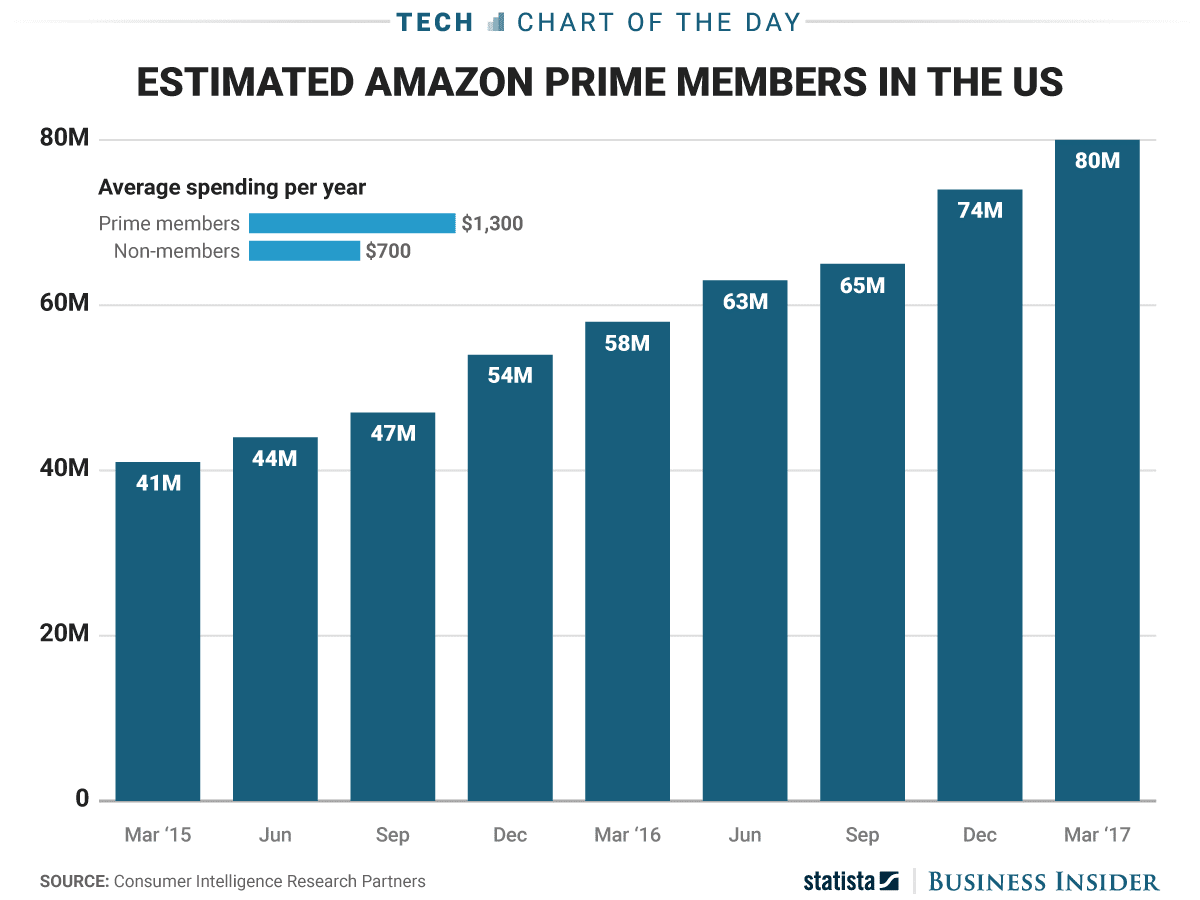


And on average, those prime members are spending tons of money every 90 days:
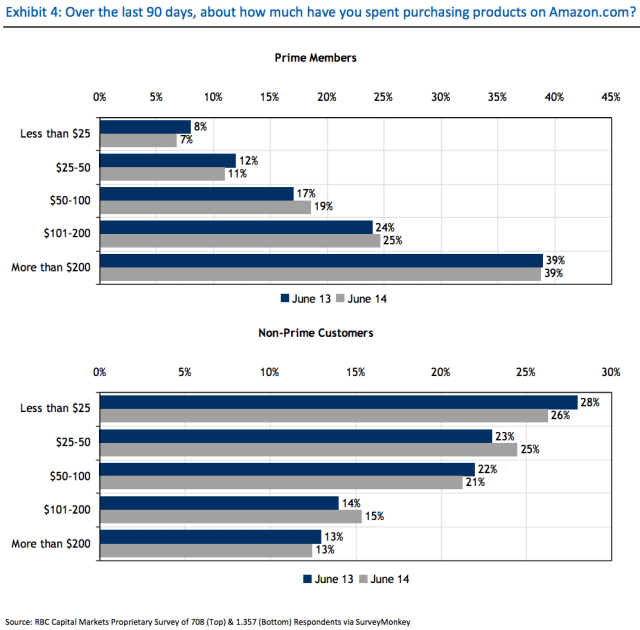


It’s by far one of the greatest markets to start selling a product on due to the sheer amount of users they have actively purchasing products.
And that’s exactly what lead to the insane growth that zeroUV saw.
They doubled their daily revenue when they started featuring products on Amazon.
In their first year of business, they did $125,000 in sales.
But once they started selling on several marketplaces, they found shocking growth.
Using Shopify, eBay, Etsy, and Amazon they were able to grow their business to $9 million in sales.
And thankfully for us, they outlined their plan for us to follow and replicate.
Let’s jump right in.
How you can generate sales on 3rd party sites
Generating sales on your own isn’t all that easy.
You need traffic that is ready to convert, and PPC is a tough platform to use.
Instead, you can follow zeroUV and sell your products on third-party sites that already drive the traffic for you.
Here’s how to get started.
Step 1. Research where your products will do well
The first step in zeroUV’s plan was to research and decide upon the best markets to attack.
It was impossible for them to get their products on every single third-party marketplace.
There are just too many out there, and not enough time in the day.
In this first step, you want to focus on finding the right market and platform for your niche.
For example, Etsy focuses heavily on handcrafted items.



So if you’re selling things that are well crafted and feature handmade designs, Etsy is a perfect place to get started.
But if you’re selling something like shoes, it might not be as popular.
With a site like Amazon, you have much more flexibility.
You can sell almost anything on Amazon and make a profit.
Why? Because Amazon is a global marketplace that sells almost anything you can think of.
It’s less specialized on specific products, niches or styles of products, and more focused on selling anything and everything.
To get started, head to Google and search for something like “top selling products on __”:



This will help you bring up lists or data on the best-selling items for a given marketplace.
For example, Amazon has a perfect link that can show us what type of products are doing well:



Simply click on that link, and you can see different categories and products within those groups of items that are selling fast:
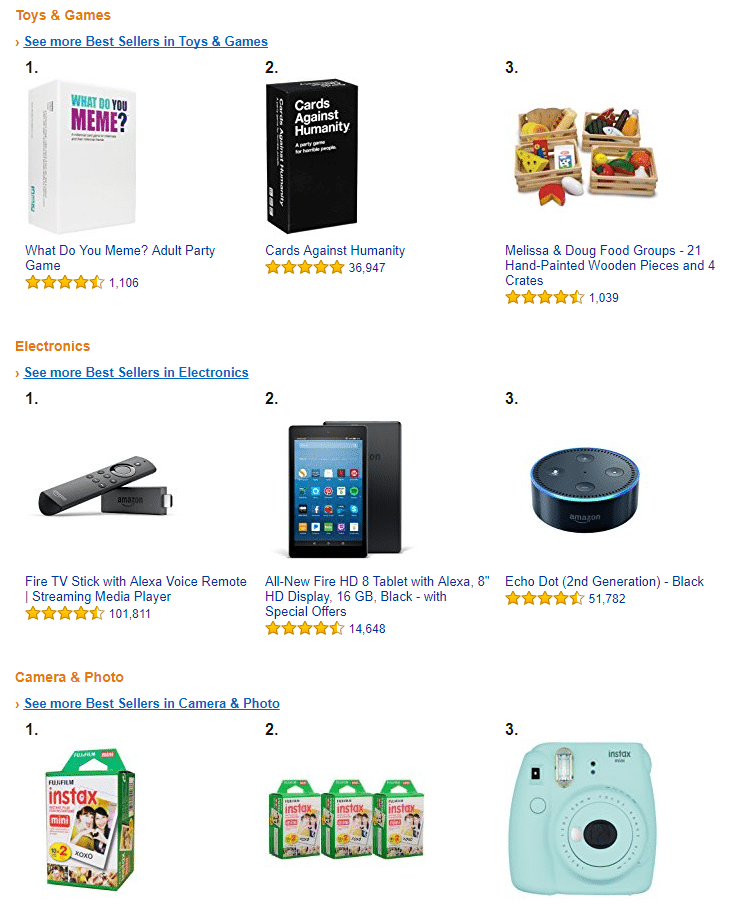


If you see products that are similar to yours, you know that you have a great chance of getting in on some top-tier traffic.
If your product is very niche-based, you might want to consider exploring another site.
If you click back to Google you can usually find lists from other sites that will tell you the top-selling products for a given marketplace:
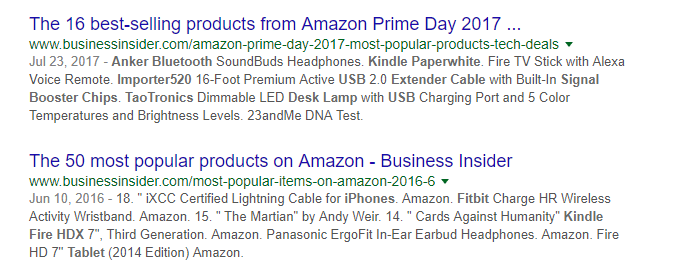


Click on any of the links to start inspecting which products are doing well:
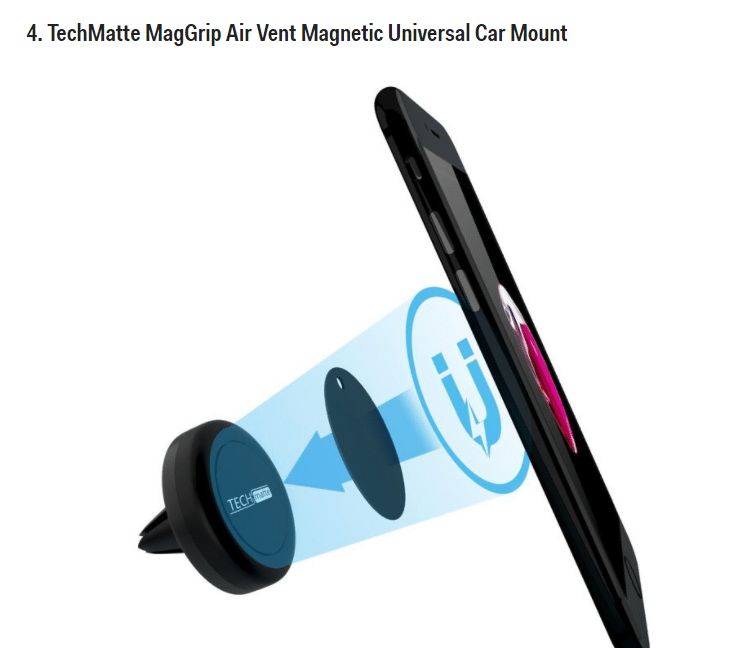


The goal here is to identify what sites are selling products like yours, and what sites are moving the product fast.
If Etsy doesn’t sell much of your product despite there being hundreds of competitors, it’s not going to drive sales for you.
High competition and low traffic won’t help you.
Here you are looking for either high competition but high traffic, or low competition and high traffic.
You want the websites that ultimately are selling more of your product type!
Once you’ve compiled a list of sites that would work well for your product, add them to a spreadsheet and move to the next step.
Step 2. Upload your product and optimize it
The second step in driving sales using third-party marketplaces is similar to search engine optimization.
You want to focus on optimizing your product listings to drive the most traffic and convert the most visitors.
Just like with SEO, you’re competing with several other companies for the end goal:
Conversions and sales.
So you can’t just throw up a product shot and call it a day.
You need to optimize your listing for success.
Just take a look at how zeroUV does this on their Amazon listings:
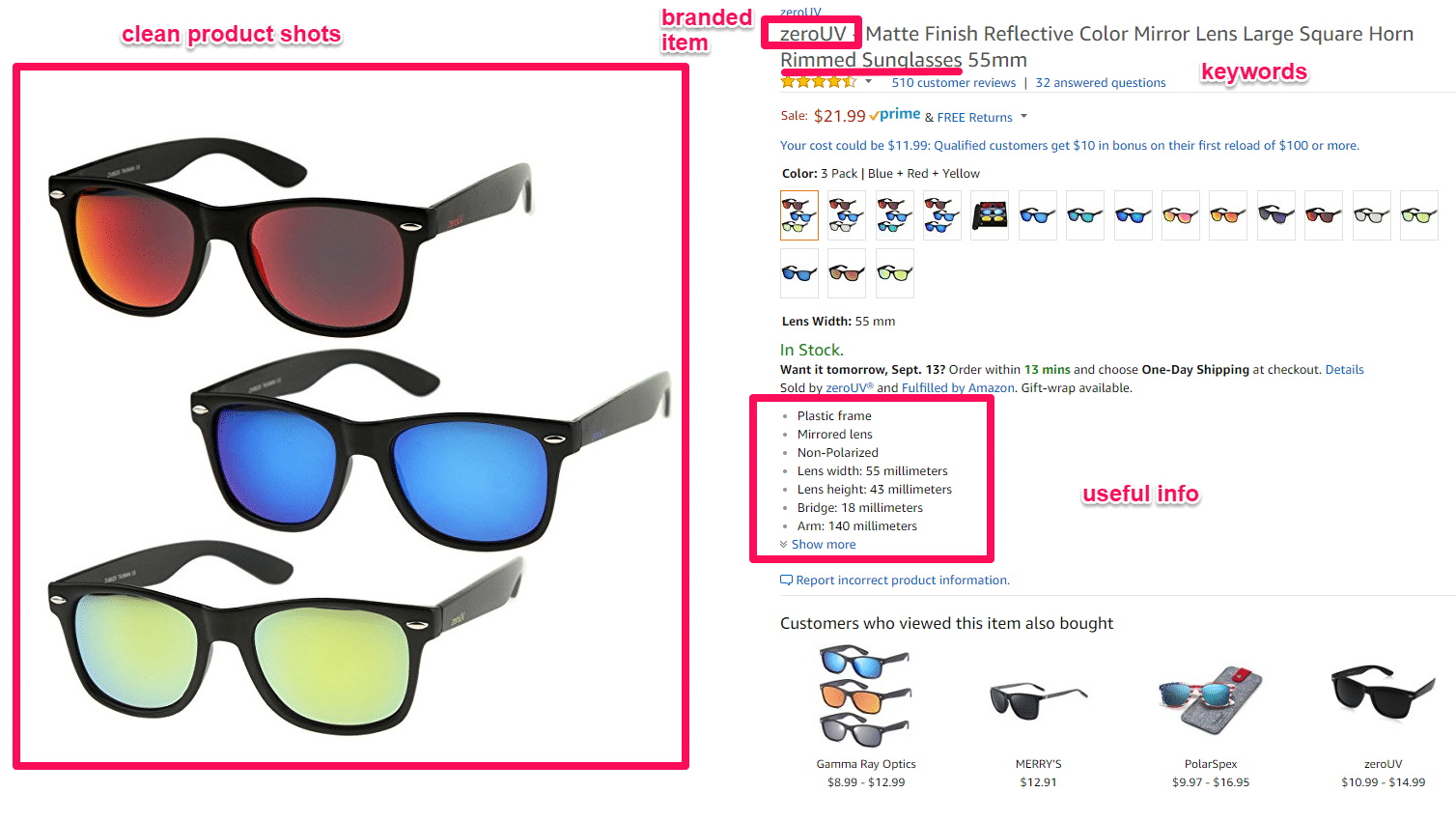


And it’s the same way with Etsy:
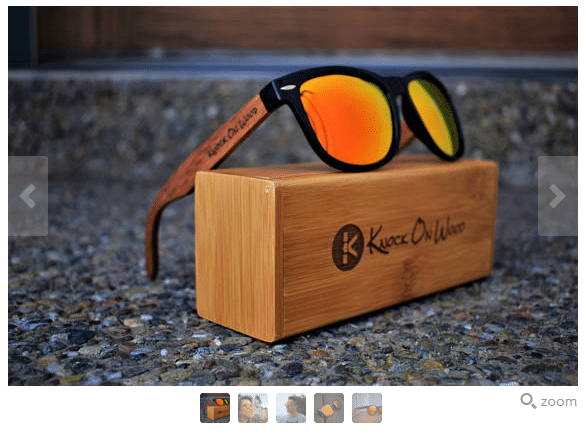


It’s incredibly easy to get started building out and optimizing your products.
For Etsy, you can get started today with ease. Head to their website and create a free selling account by clicking “Sell on Etsy”:



Next, set up your shop preferences:
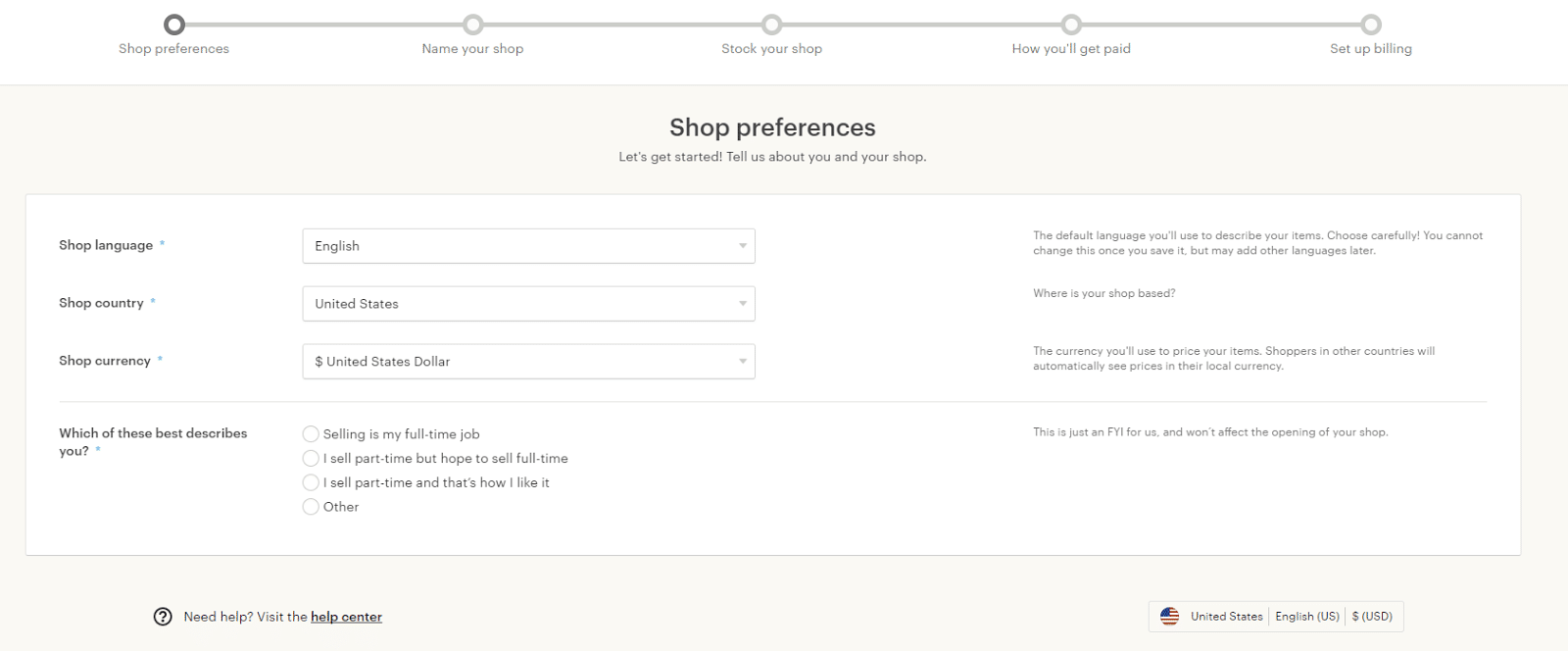


Enter your shop/brand name to grab the available shop domain name:



Next, you can start to stock your shop by adding and optimizing products:



The first step that Brian of zeroUV recommends is having better photos than the competition.
Make sure to add photos that capture every angle of your product:



Next, you can start to optimize the product to show up for search results in a given marketplace.
For example, start putting keywords in your title that you want to show up for:



Make sure to select relevant tags for your product, and to enter a description that perfectly defines your value proposition:
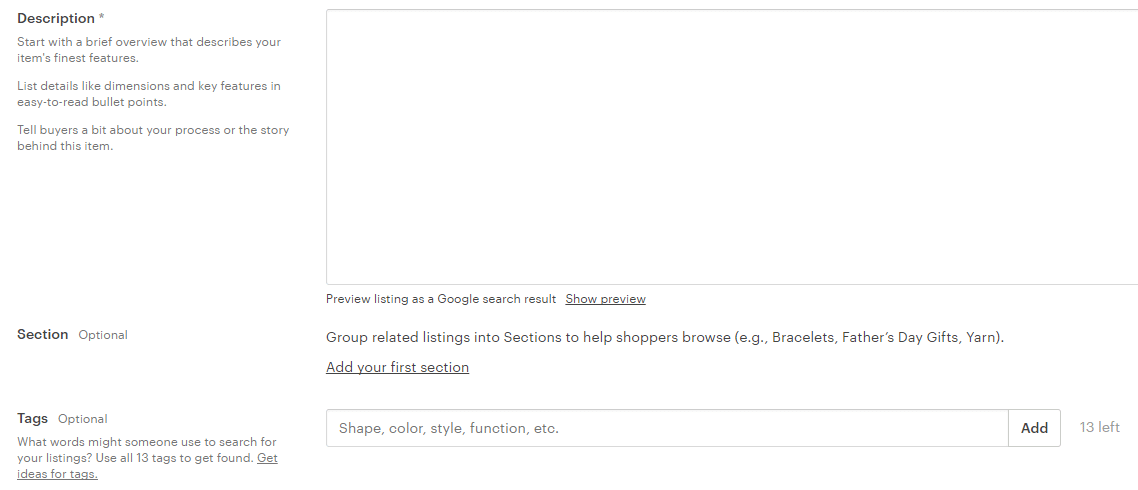


Tags are a great way to make your product stand out and drive relevant buyers to your page.
Optimizing your product for searchers and buyers is a huge step in being able to remain competitive on such diverse marketplaces.
Once you’ve optimized your products, it’s time to head to step three.
Step 3. Build a referral or affiliate program to encourage more sales
Getting your product displayed on third-party marketplaces is the easy part.
The next part is driving the sales that scale your business to millions of dollars in growth.
Setting and forgetting your products won’t get you there.
The average ecommerce store won’t do $9 million in sales because:
- They don’t have the time or resources
- Or it isn’t their full-time job
One of the best ways to drive sales without having to work harder for them is by setting up a referral program or affiliate program.
It’s no secret that referral and affiliate programs are huge drivers in sales.
In fact, there’s an entire marketing sector dedicated to “affiliate marketing.” People in this area base their entire business around driving affiliate sales.
Here’s a basic outline of exactly how affiliate marketing works:
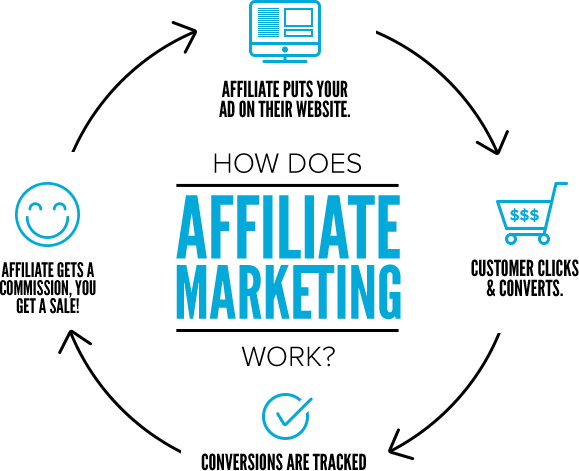


And it’s easy to become an affiliate on places like Amazon:
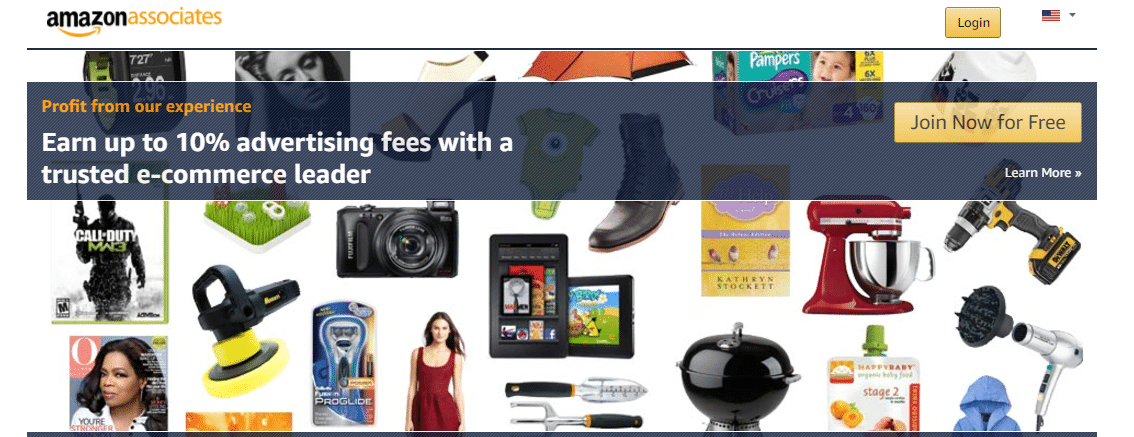


So, how do you set one up on your own to start driving more buzz and sales?
It’s easy. Use a tool like LeadDyno to build out your affiliate program with ease:
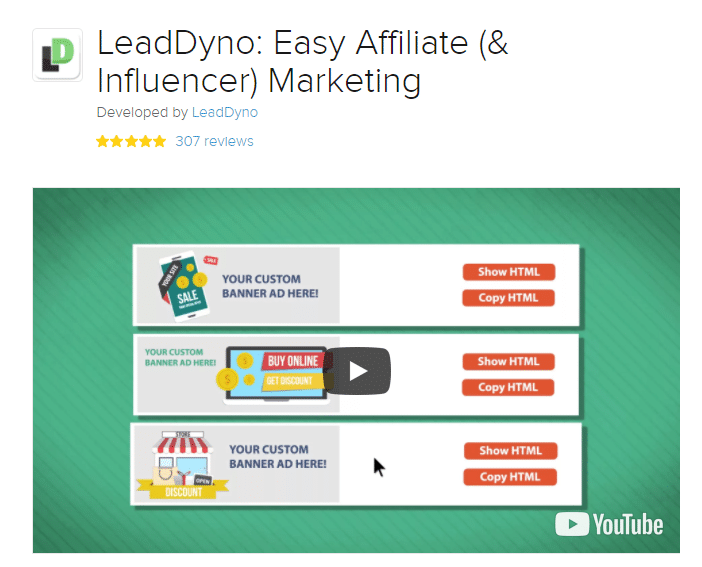


You can start with a free 30-day trial to experience everything about the platform before deciding to spend any money.
Start by installing the application from the product page to your Shopify store:



Next, head to the apps section of your store and click on the newly installed application:



This will take you directly to your affiliate marketing dashboard:
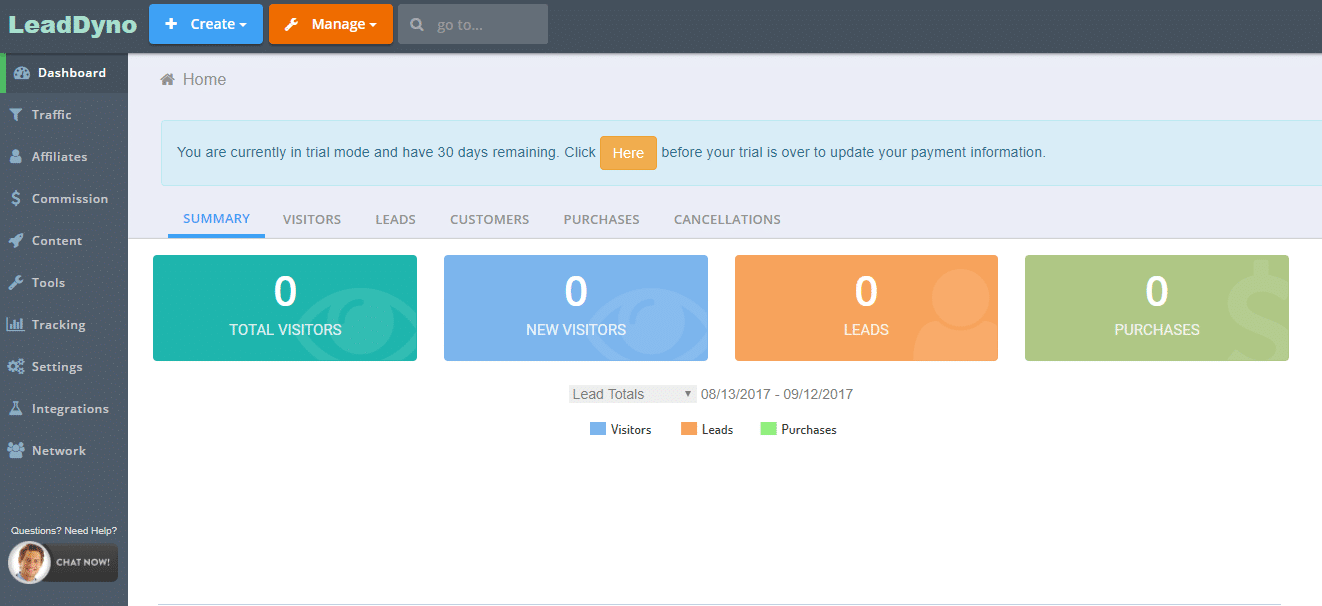


Using this program, you can set up easy affiliate campaigns, emails and more.
You can manage specific affiliates to see how well they are selling and pay them directly from the dashboard.
It’s even great for building your affiliate program from the ground up.
They have dozens of email templates that you can automate to people who purchase your products:
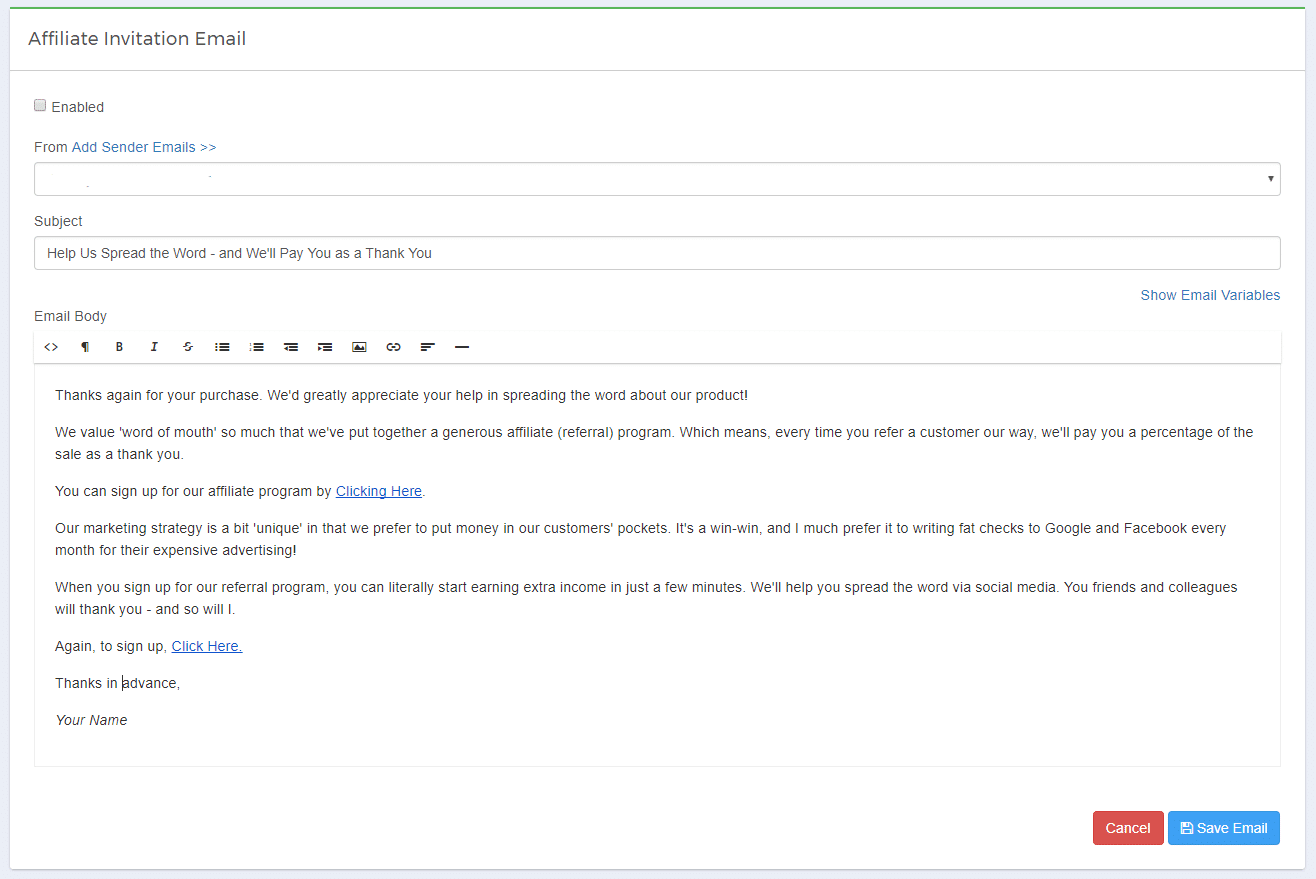


You can also use an embedded code for your site to have people sign up through a form for your new affiliate program:
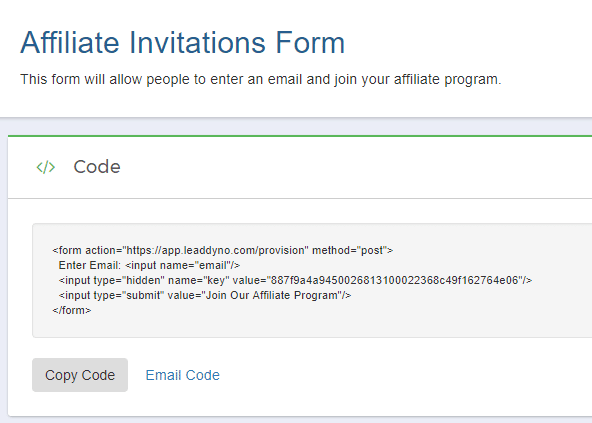


Affiliate marketing is a great way to drive sales of your products without doing any of the work.
You’ll pay a small commission to the affiliate marketer, but that’s pretty cheap when you aren’t doing any of the work to drive those sales.
It’s an excellent way to bring in new revenue streams for third-party marketplaces and your own site.
Step 4. Become a featured merchant on Amazon
Becoming a featured merchant on Amazon’s marketplace isn’t a small feat.
But the dividends from such hard work and dedication can be massive.
For zeroUV it meant doubling their sales from $4.5 million to $9 million in a single year.
So, what is a featured merchant?
A featured merchant is a merchant on Amazon that sells more than 40 products a month and pays a slightly higher fee to Amazon. In exchange, Amazon gives them more promotion and better visibility.
It’s no secret that Amazon’s marketplace has millions of products.
So standing out has become increasingly difficult.
But luckily for ecommerce businesses, becoming a featured merchant isn’t all that hard.
First, you need to achieve “Pro Merchant” status.
And the best ways to do that are to:
- Sell more products (40+ per month)
- And have great customer service/reviews
As we discussed in the section before, affiliate marketing is huge.
If you can host your products on Amazon, then do it. Then, drive affiliate sales to your Amazon product, and you’ll quickly be on your way to “Pro Merchant” status.
But that’s not all that Amazon takes into account.
A huge factor in becoming a featured merchant is customer service.
Do you get orders delivered on time? Do you have constantly stocked SKUs? Do you respond to feedback, complaints, and questions?
The goal here is to provide a positive brand image that will help Amazon reflect positively too.
Start by interacting more on your product pages. Respond to complaints and questions. For example, here’s how zeroUV did it:
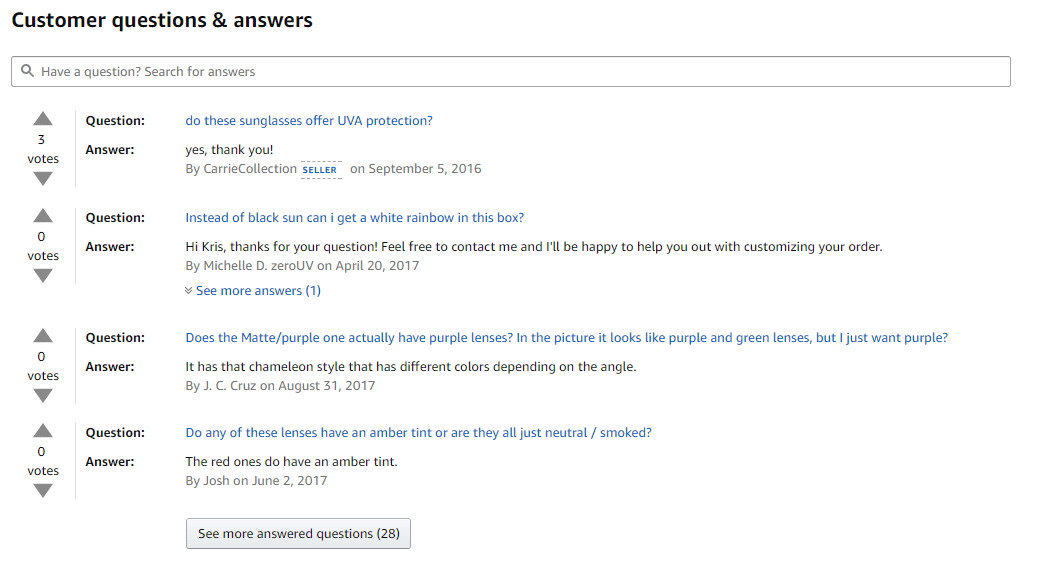


If you see negative product reviews or bad feedback, address them quickly:
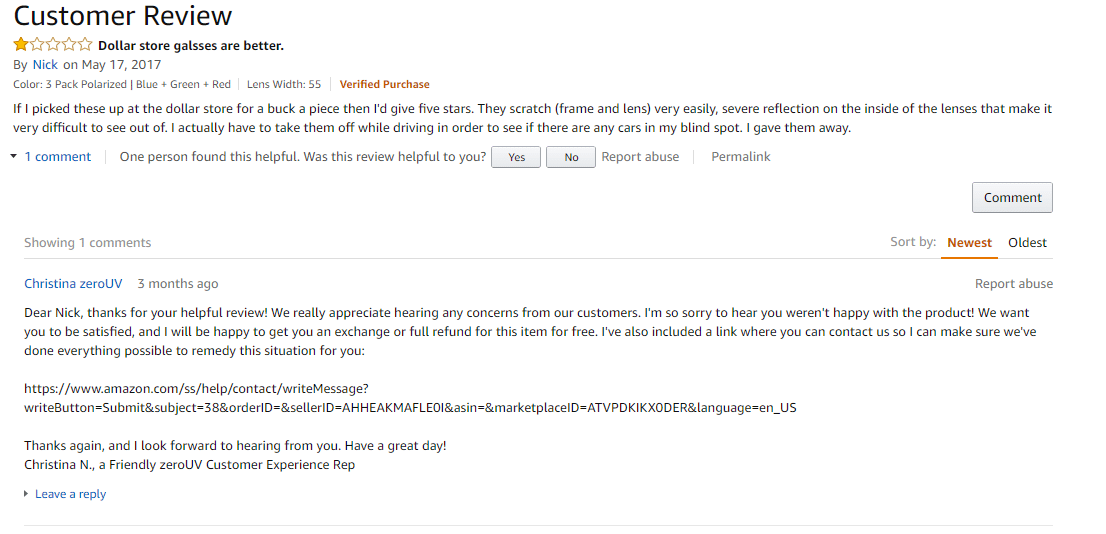


Offer actionable solutions to solving user problems.
Amazon is all about customer service.
That’s why you can return or exchange anything on their website.
If your brand doesn’t fit those goals, Amazon won’t upgrade you to become a featured merchant.
Focus on developing a positive brand image with great reviews and customers.
Conclusion
When you’re starting a new business for the first time, it’s tough to know where your product will sell best.
What platforms, sites or channels will drive the most business.
The number of stores that you can sell on are nearly limitless.
Anything from Etsy to Amazon to Craigslist can drive sales for a business.
So how do you know which one to sell on?
How do you know what platform will be the big winner for your business’ growth?
Unfortunately, you never know until you try.
But thankfully, companies like zeroUV have already done the grunt work.
They have already tested the platforms and found which ones drive the best sales.
They recommend first researching the site where you want to host your products.
Find the best niche sites that drive relevant buyers. Then, optimize your products so that customers can find you.
Build out an affiliate or referral program to drive even more sales.
Lastly, try to get brand status on Amazon to bring in huge sales numbers.
What third-party marketplaces have you found the most success with? Which ones drove sales? Which ones didn’t?
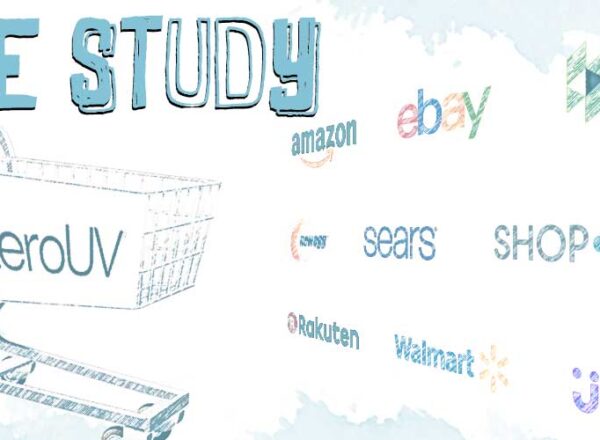
Comments